Leather is one of the oldest materials in human history and has been used for thousands of years. From ancient times to the present day, leather has been used for both practical and aesthetic purposes. Understanding the history of leather shows how deep-rooted this material is and its cultural importance. Here is a comprehensive review of the history of leather...
First Use of Leather
1. Prehistoric Period: Leather has been used since the earliest periods of human history. The first people used the skins of the animals they hunted to make clothing, covers and various tools. During this period, leather was used as part of survival, to protect their bodies from the cold and to be functional while hunting.
2. Ancient Civilizations: In ancient civilizations, leather has been an inseparable part of daily life. In the Egyptian, Mesopotamian, Greek and Roman civilizations, leather had a wide range of uses, from clothing to shoes, from coating materials to various tools. The Egyptians, in particular, were quite advanced in leather workmanship and produced leather products with complex processes.
The Place of Leather in the Middle Ages and the Renaissance
1. Middle Ages: In the Middle Ages, leather was used for war clothing and armor. Especially jackets, trousers and protective equipment were made of leather material. At the same time, leather tanning techniques were developed and more durable and diverse leather products were produced during this period.
2. Renaissance Period: During the Renaissance period, leather work gained an artistic dimension. During this period, works of art, ornaments and furniture made with leather became popular. Leather continued to be used for both aesthetic and functional purposes and gained an important place in luxury goods.
The Use of Leather in the Modern Era
1. Industrial Revolution: Leatherworking underwent major changes with the Industrial Revolution. With the development of mechanization and production processes, the production of leather products accelerated and began to reach a wider audience. During this period, leather tanning and processing methods were significantly improved.
2. 20th Century and After: In the 20th century, leather goods became a part of fashion. Leather jackets, bags and shoes gained a solid place in popular culture. At the same time, leather production was further advanced with various new tanning methods and chemical processes.
Leather Tanning and Processing Techniques
1. Tanning Methods: Leather tanning is a process used to preserve and increase the durability of leather materials. This process protects leather pieces from bacteria and environmental effects. Traditional tanning methods include vegetable tanning, chrome tanning and alum tanning.
2. Processing Techniques: Leather processing involves processing and shaping the leather surface. In this process, various patterns and textures are processed on the leather. Leather processing techniques include hand workmanship, sewing, cutting and stitching techniques.
Cultural and Social Importance of Leather
1. Cultural Symbols: Leather is a material that carries important symbols in many cultures. For example, in some cultures, leather is seen as a sign of power and prestige, while in others it is used in traditional clothing and ceremonial objects.
2. Social Status: Throughout history, leather products have also been used as a sign of social status. Luxury leather products have been considered a sign of wealth and prestige. Especially in Europe, special leather clothing and accessories were produced for high-status people.
Frequently Asked Questions (FAQ)
1. How does the leather tanning process work?
Leather tanning is a process used to increase the durability and life of leather. The tanning process involves treating the leather in acidic or alkaline environments and can be done by various methods, such as vegetable, chrome or alum tanning.
2. How long does the lifespan of leather products last?
The life of leather products depends on the quality of the leather used, the quality of workmanship and maintenance. Quality leather products can be used for years when properly cared for.
3. How to maintain leather products?
Maintenance of leather products is done by regular cleaning and using appropriate leather care products. Wiping with a damp cloth, using leather cream or oil and protecting from direct sunlight will extend the life of the leather.
4. Does leather production harm the environment?
Leather production can have environmental impacts, particularly due to the chemicals used in the tanning process. However, many manufacturers are turning to organic and environmentally friendly tanning methods.
5. What types of leather are used in leather products?
Types of leather such as calfskin, lambskin, goatskin are generally used in leather products. Each type of leather offers different properties and durability.
Conclusion: The Evolution of Skin Over Time
Leather has played an important role throughout history as a functional and aesthetic material. From ancient times to the present day, leather has been used both as a means of survival and as a cultural and social symbol. The evolution of leather over time demonstrates the deep-rooted and versatile use of this material throughout human history. From the past to the present, leather continues to be an important part of modern craftsmanship and design.
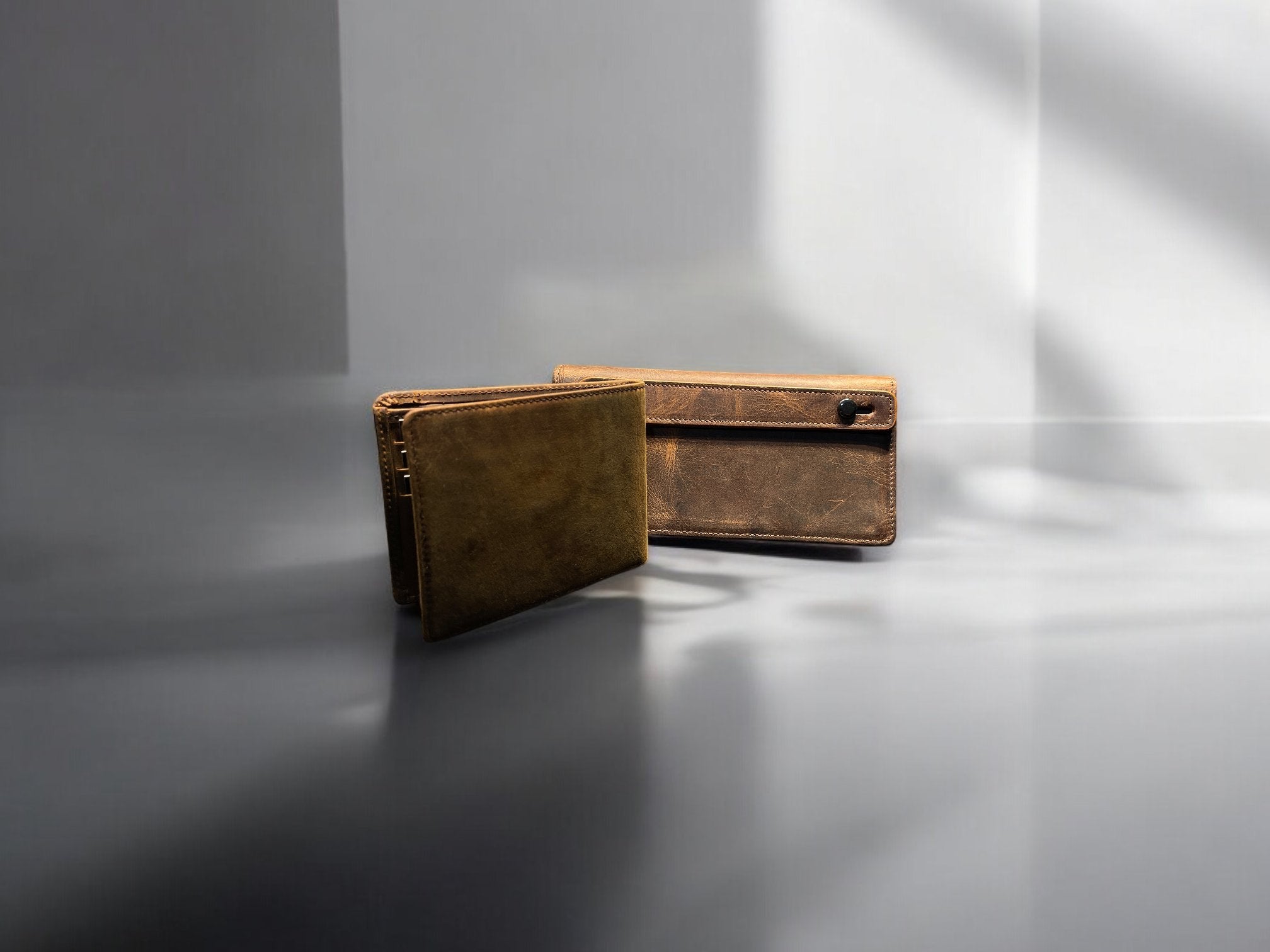
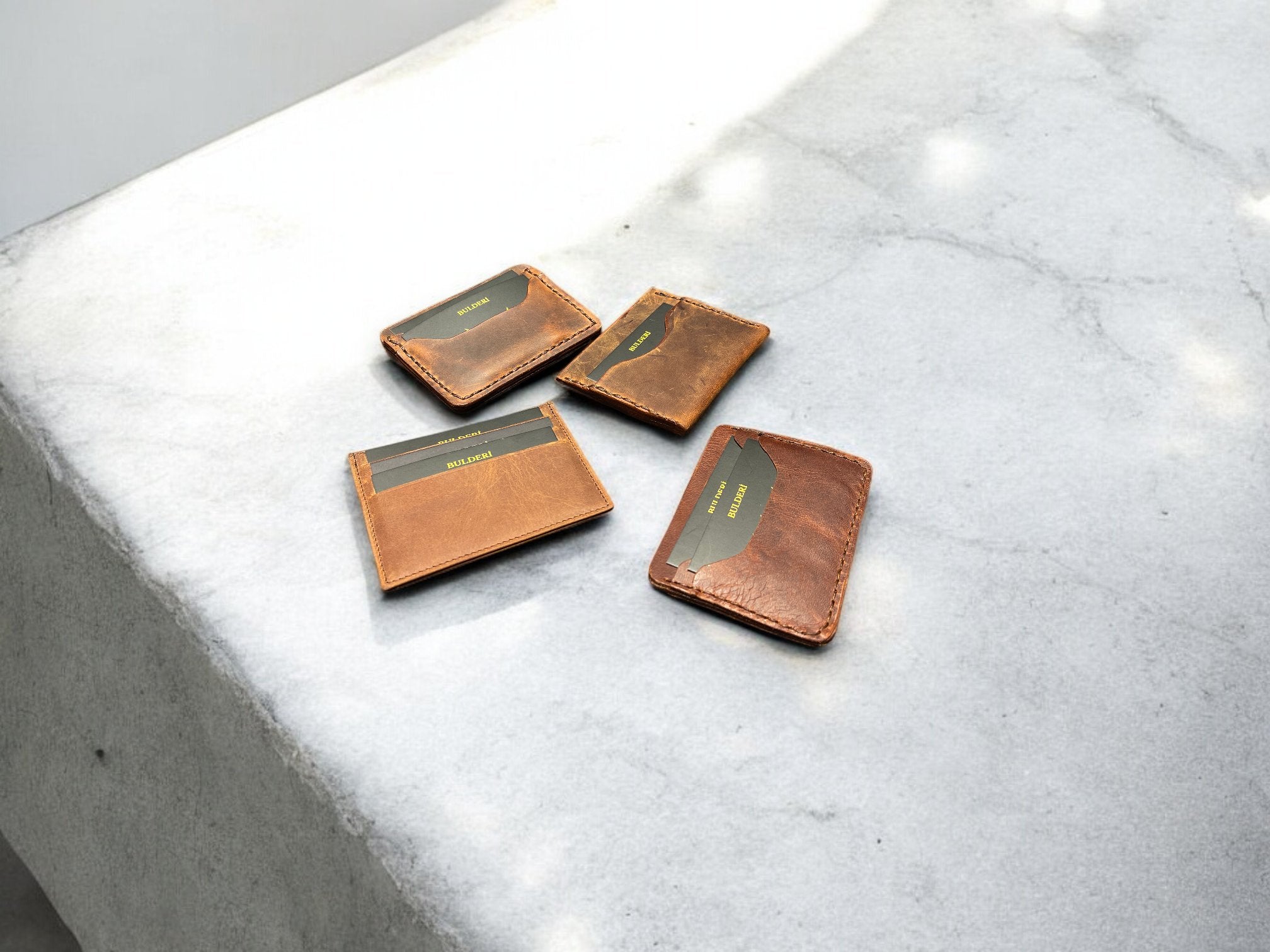
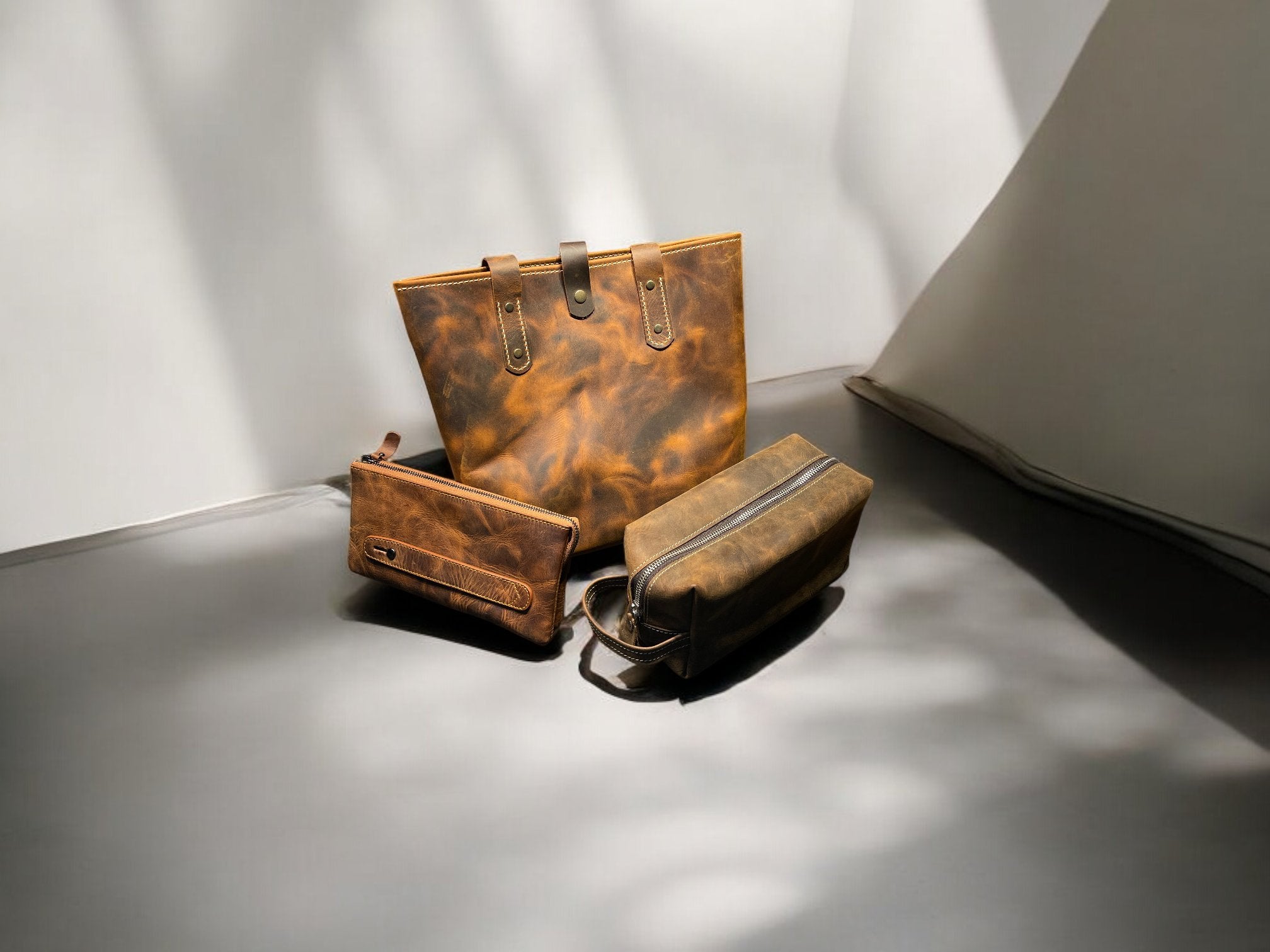



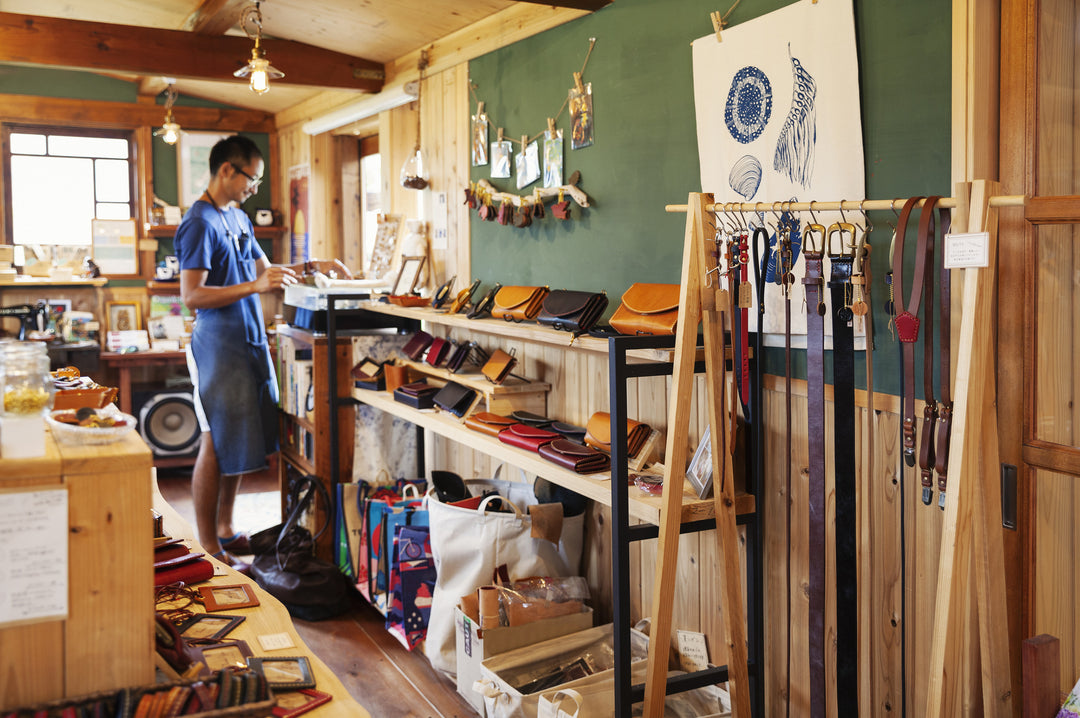
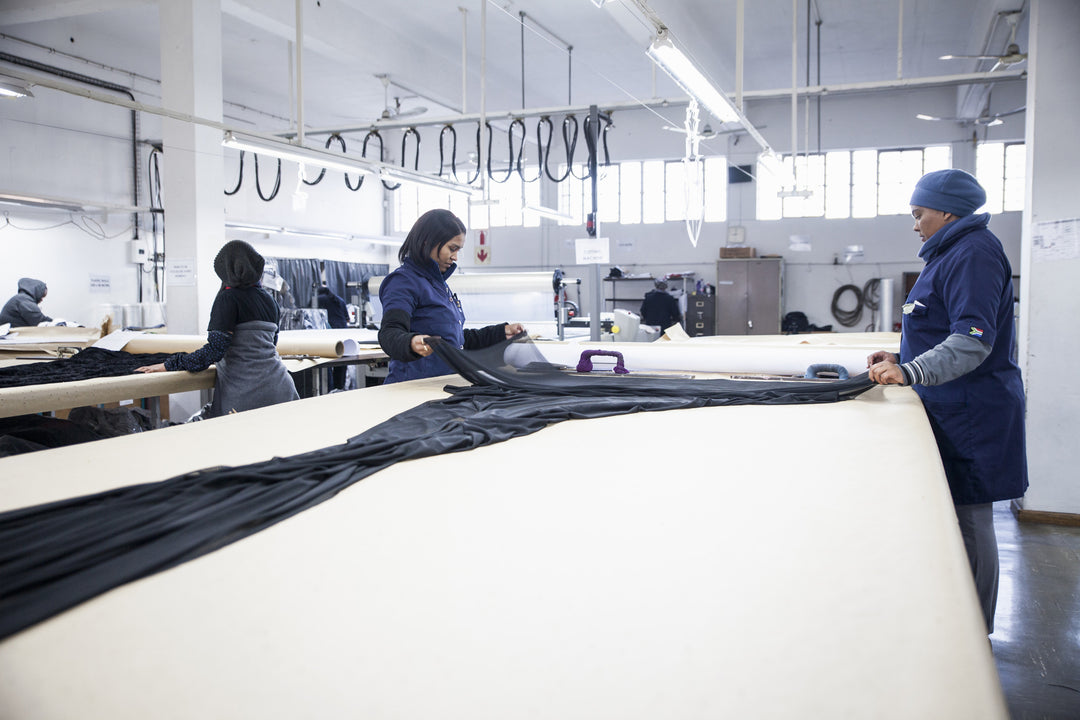
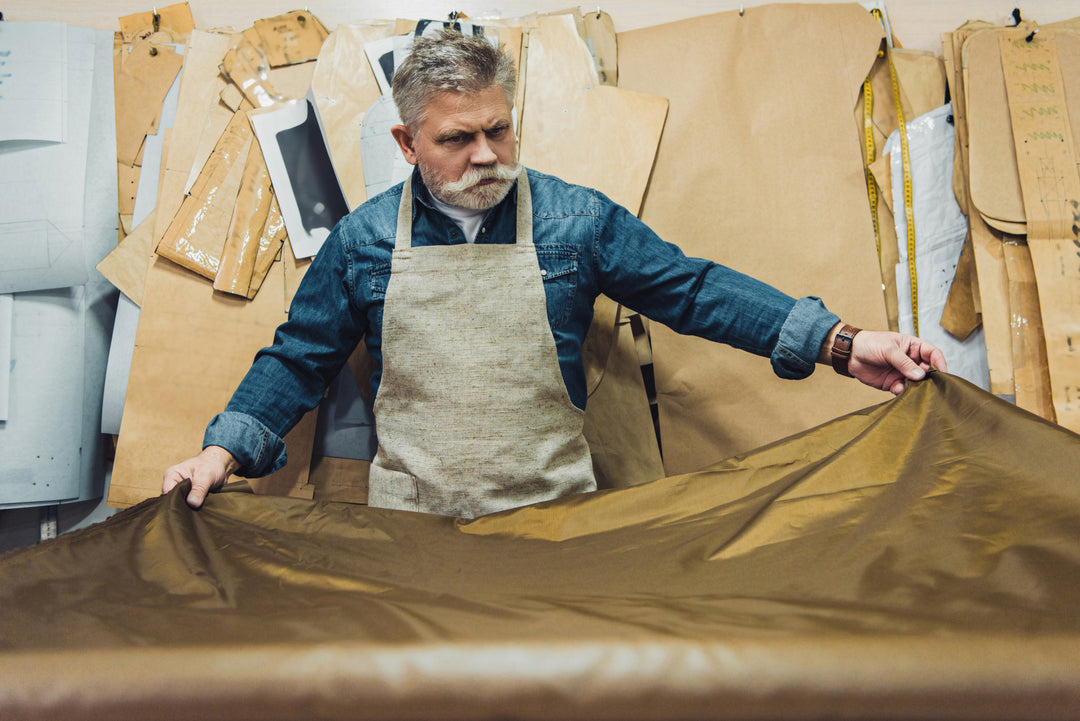
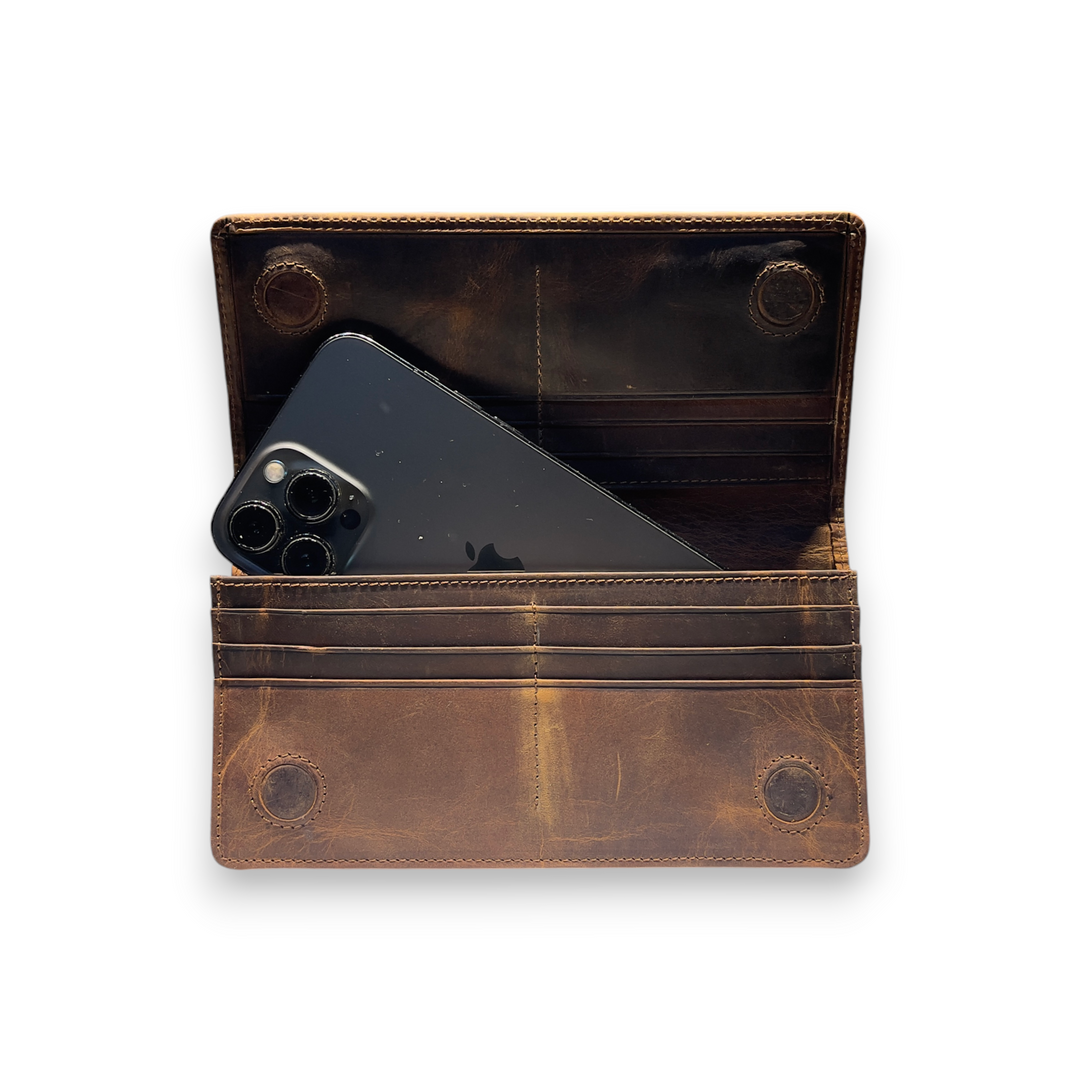
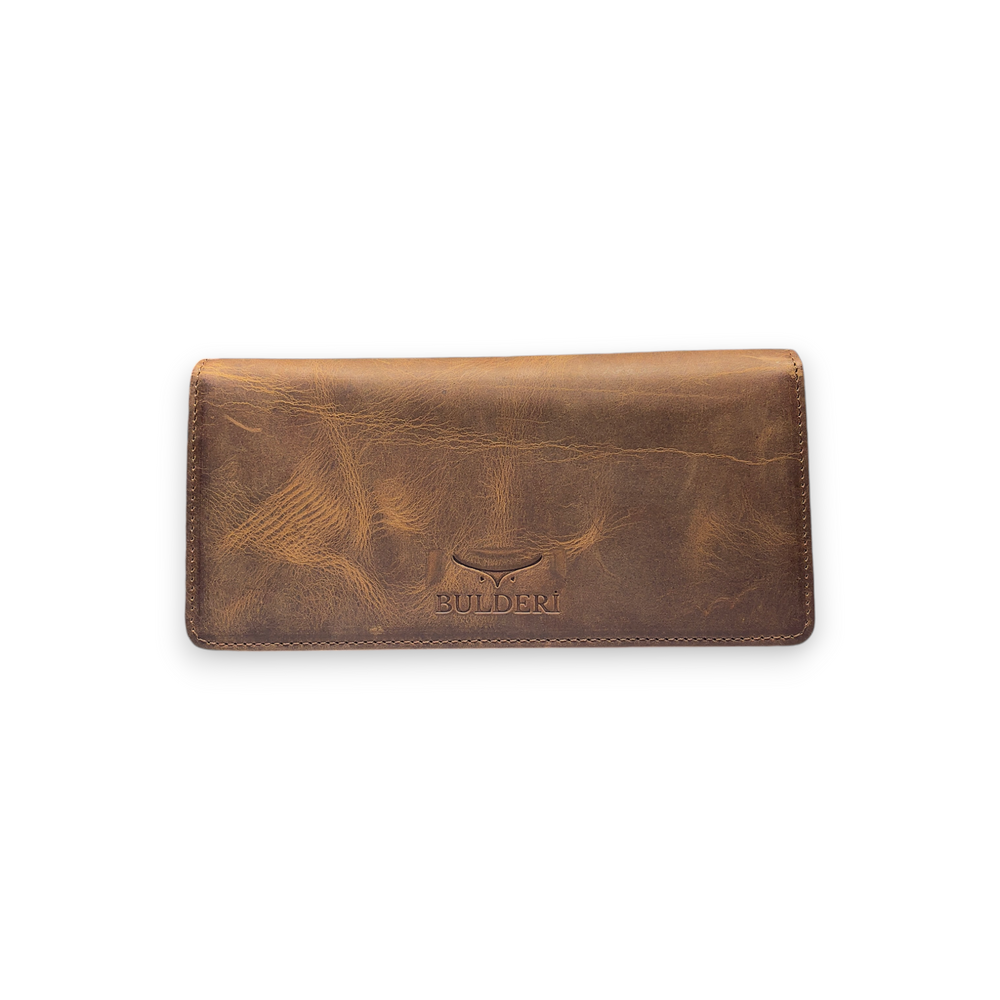
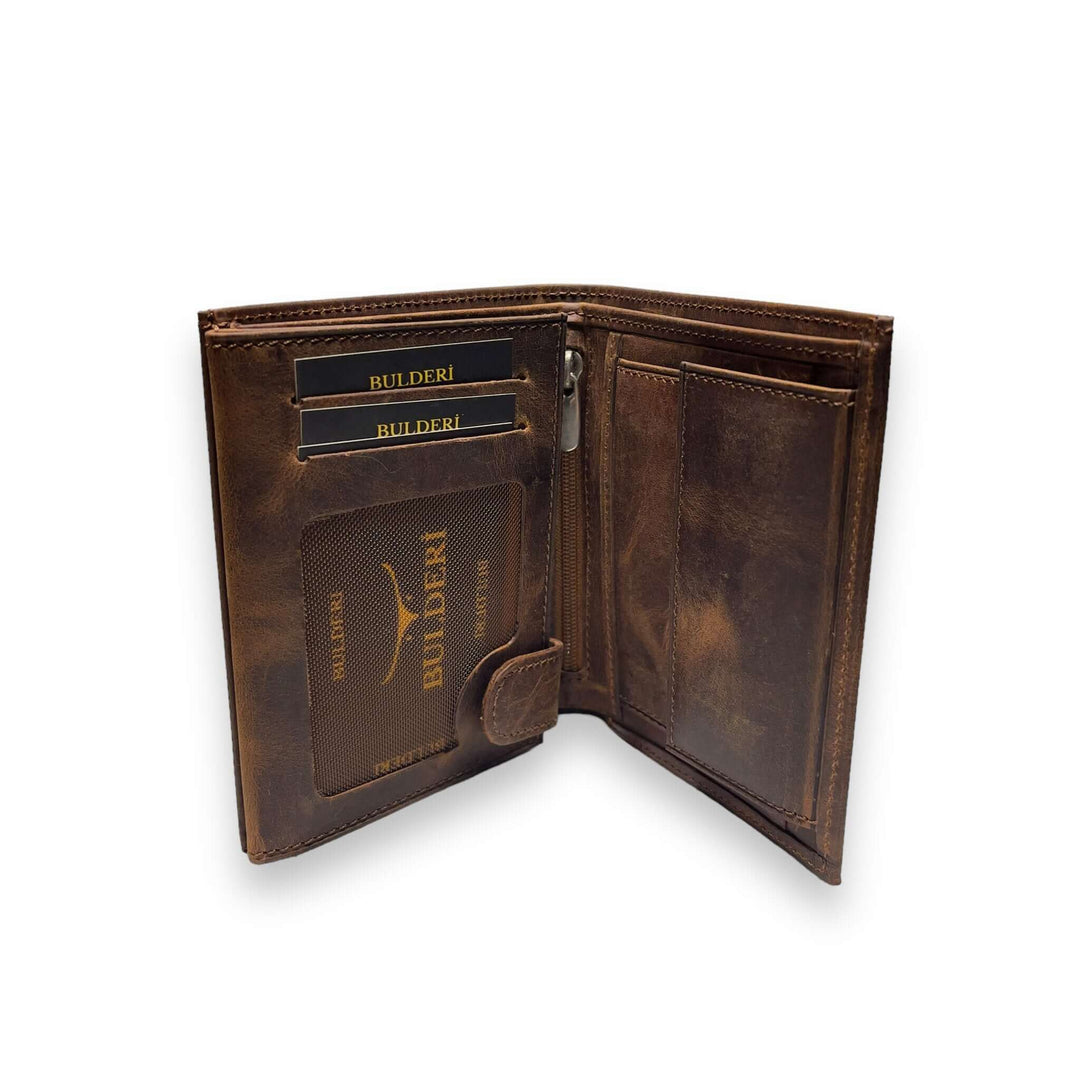
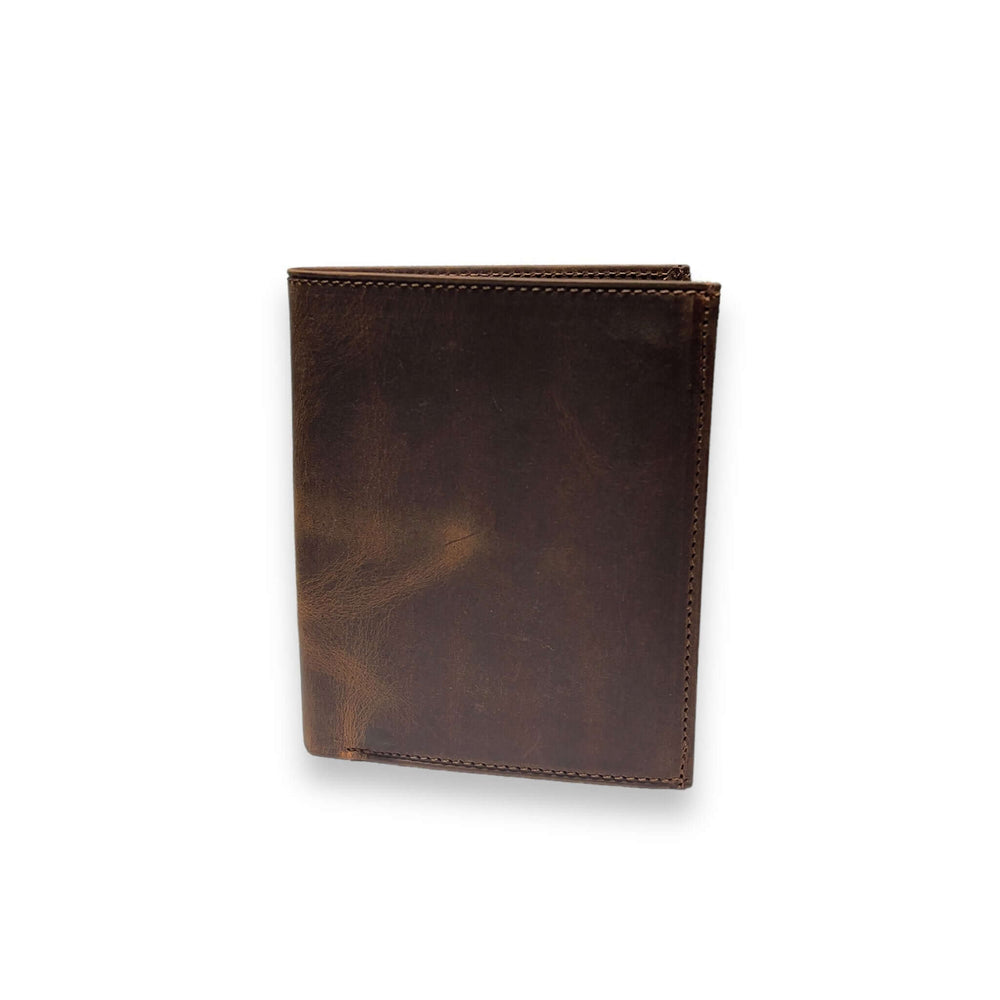
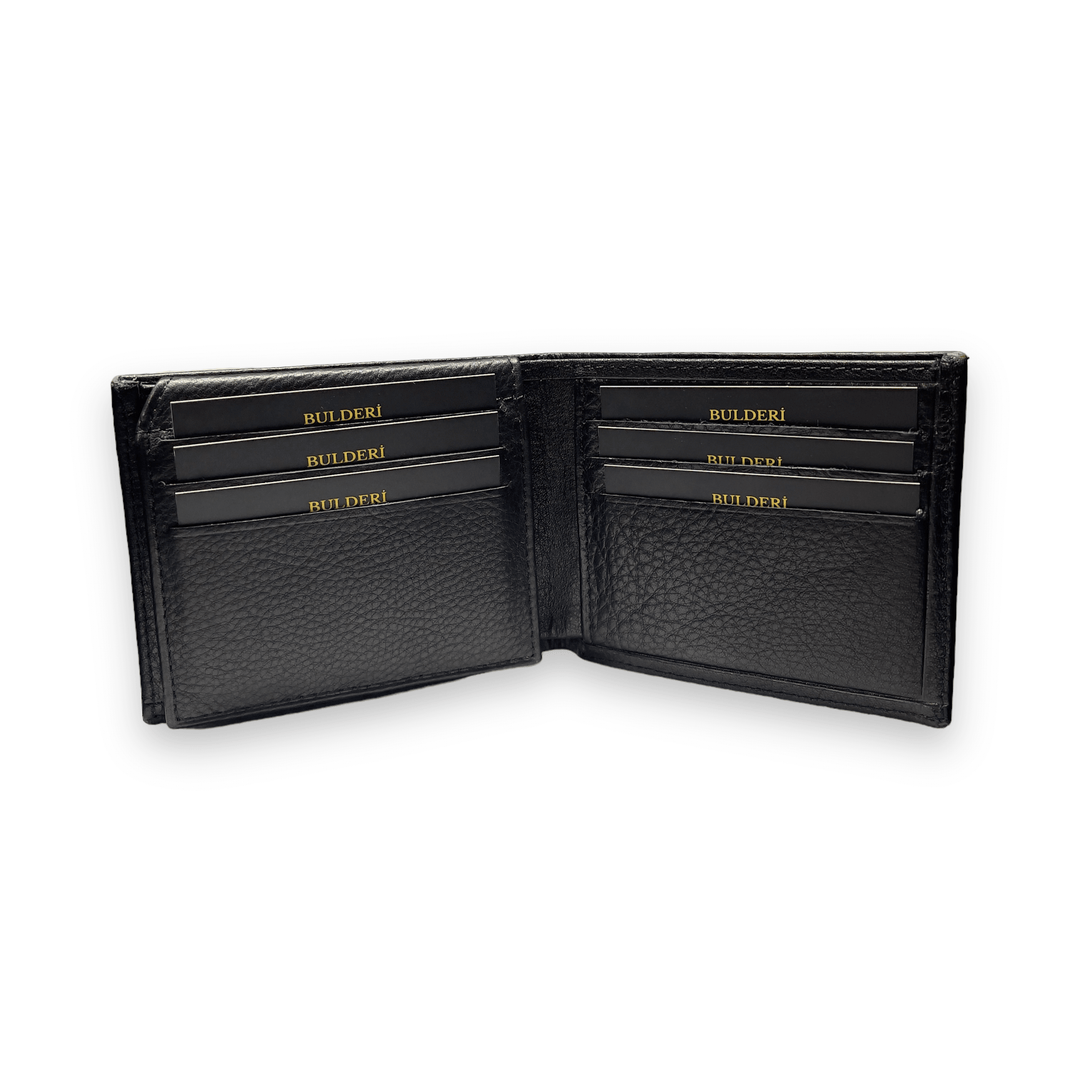
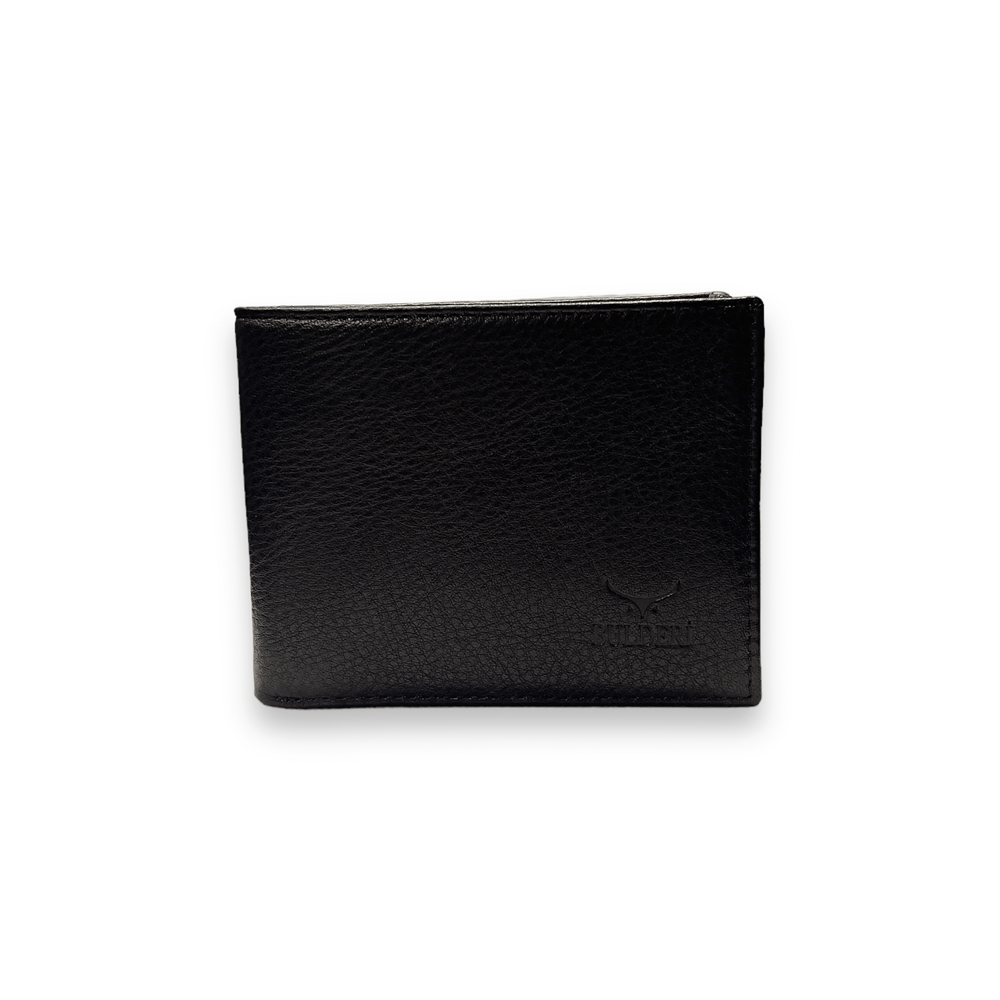
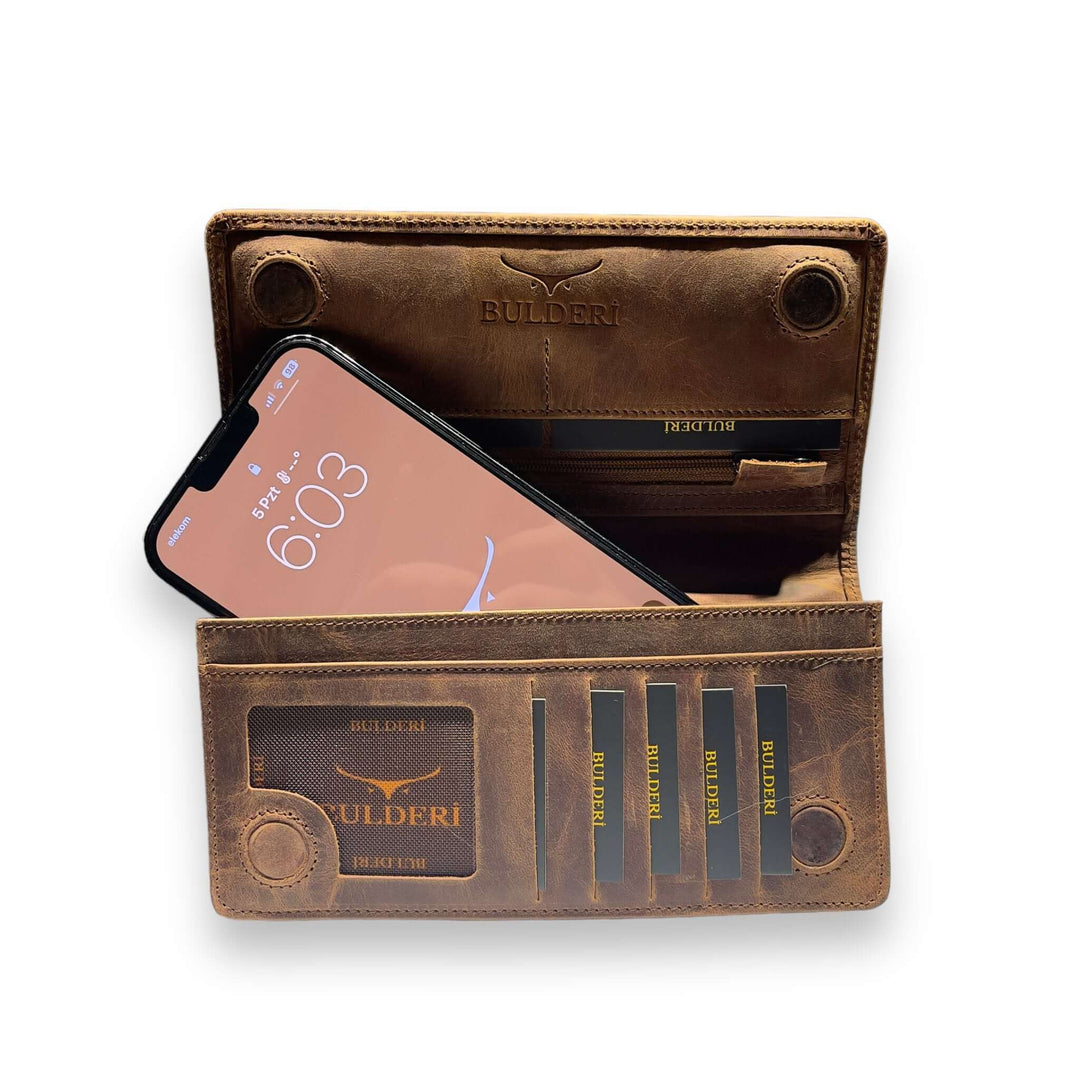
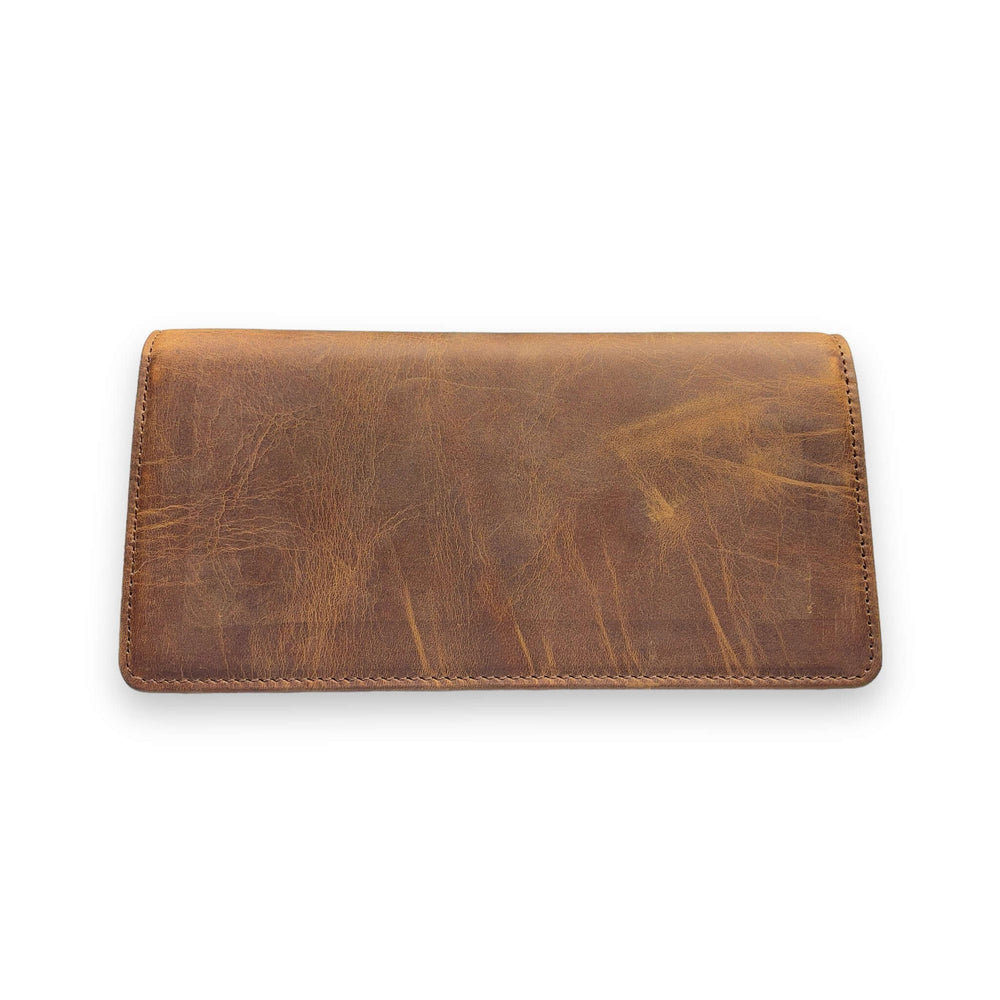
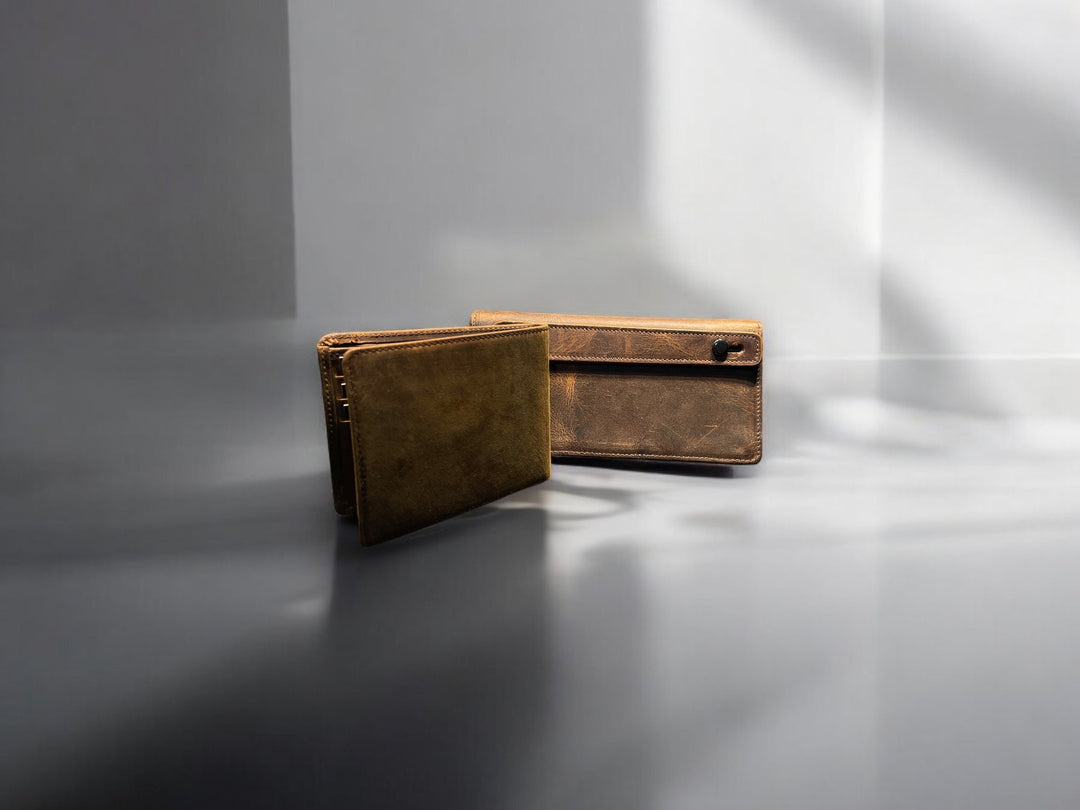
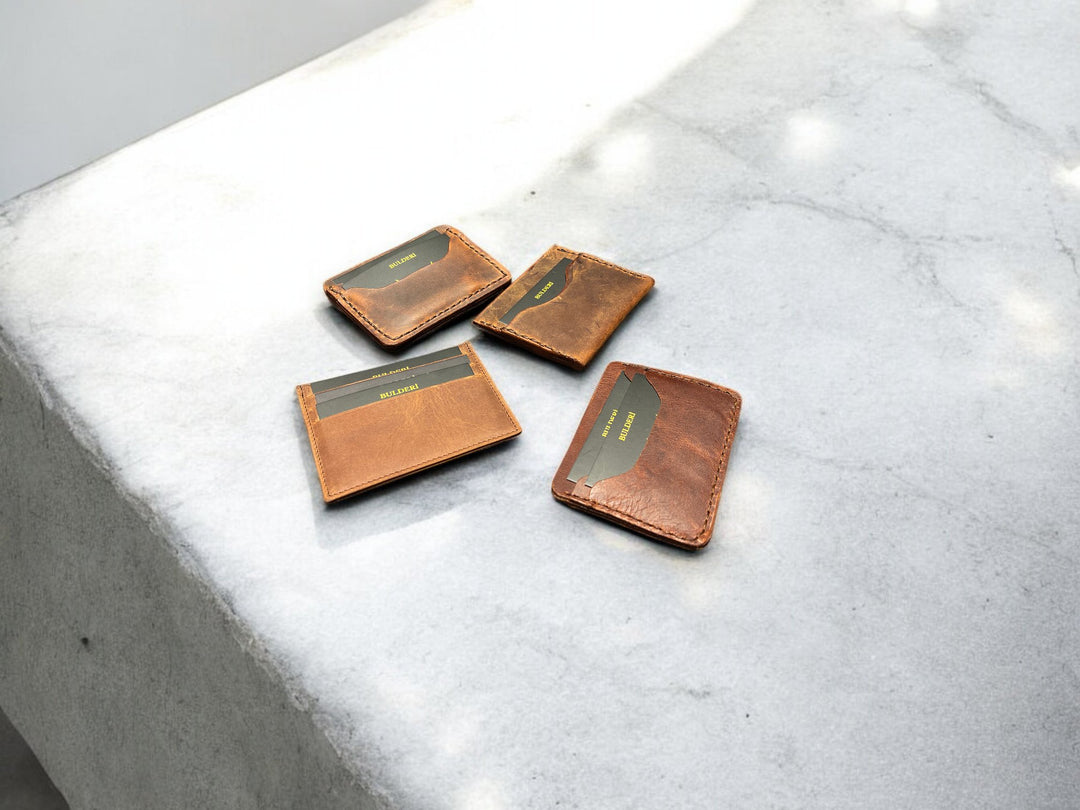
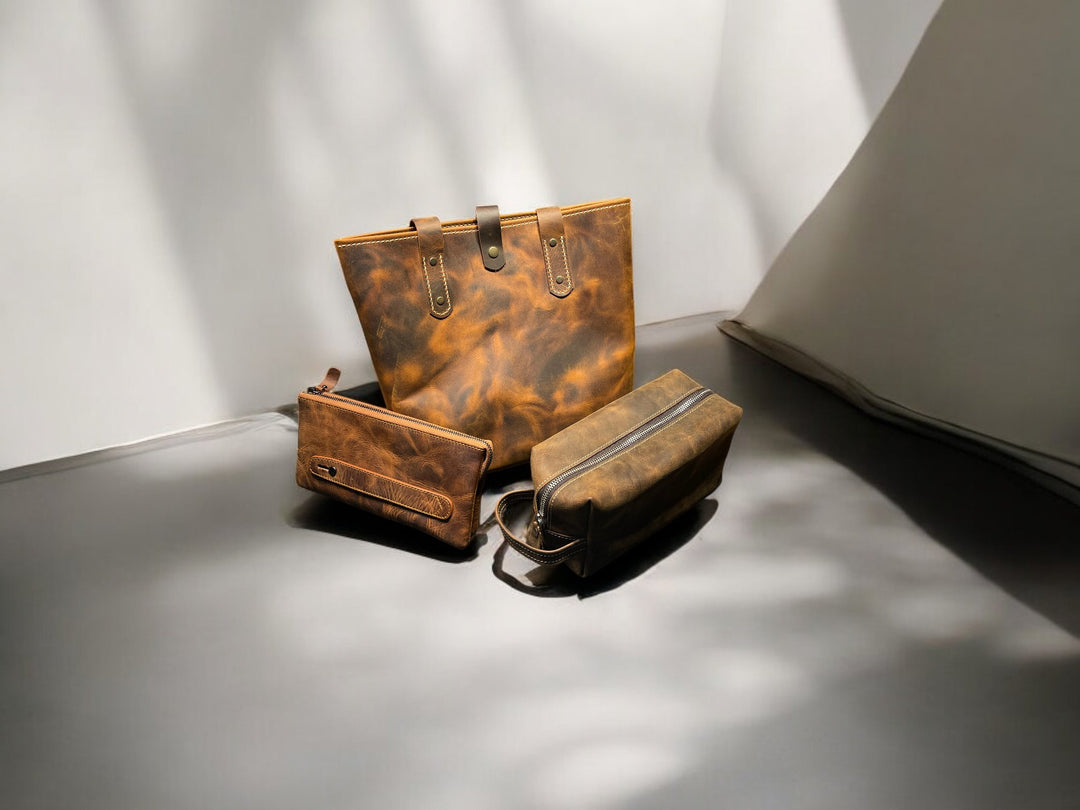
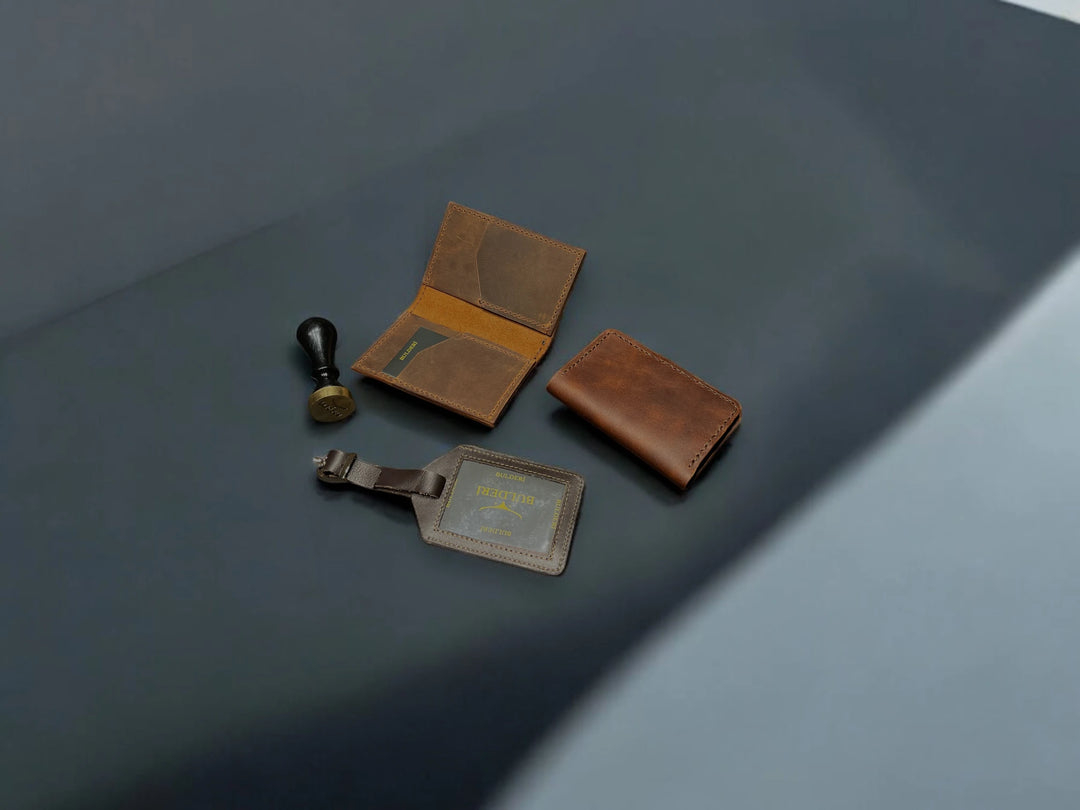
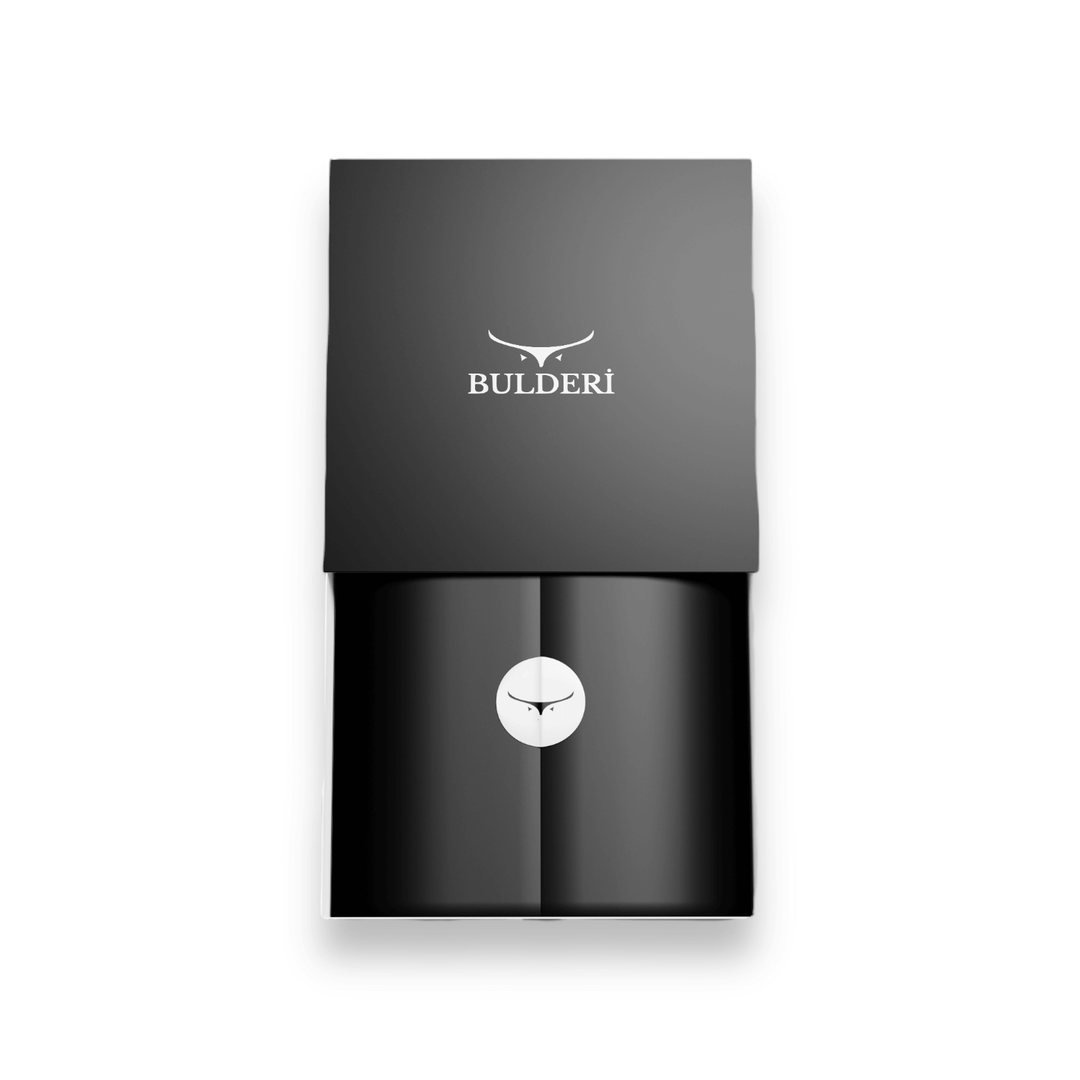
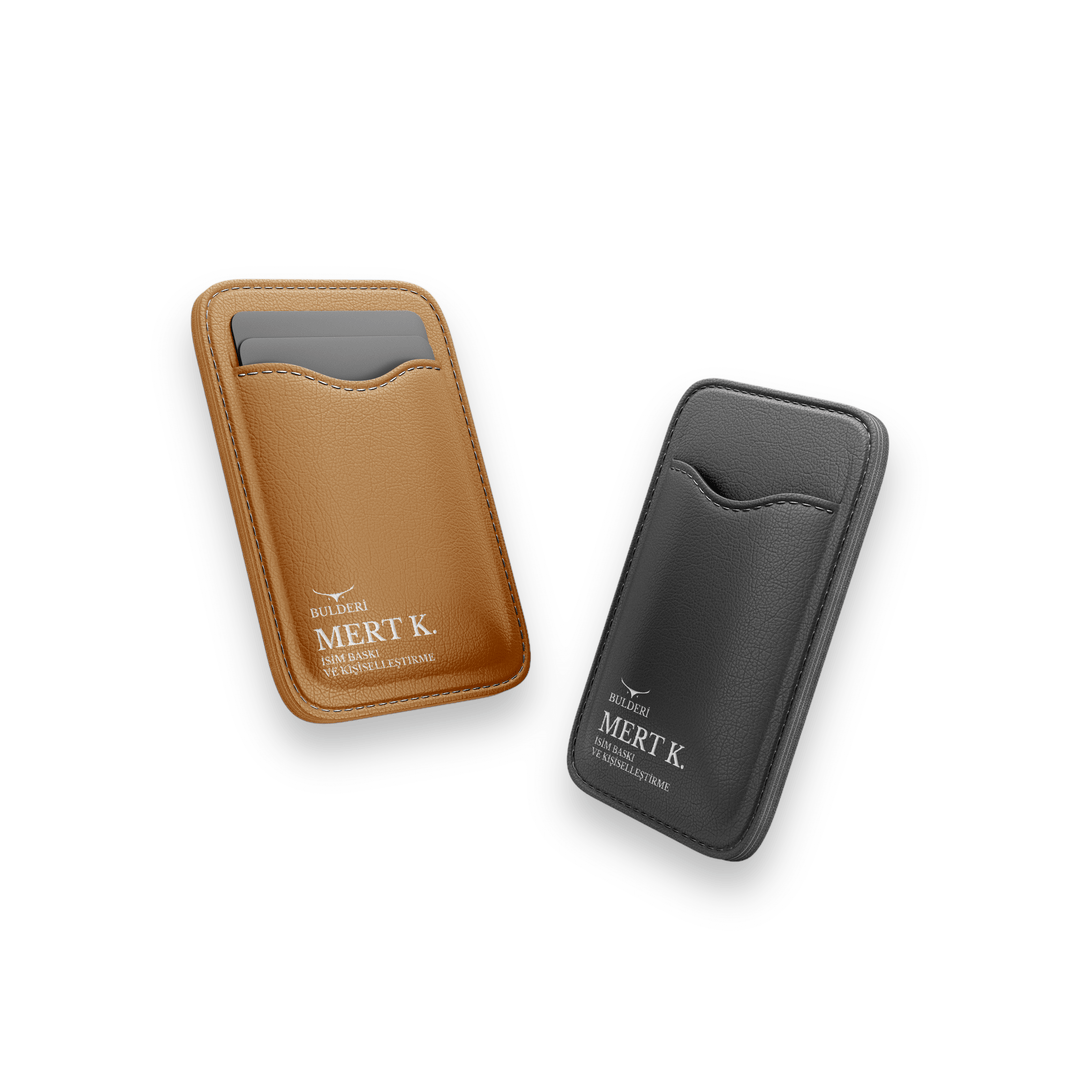
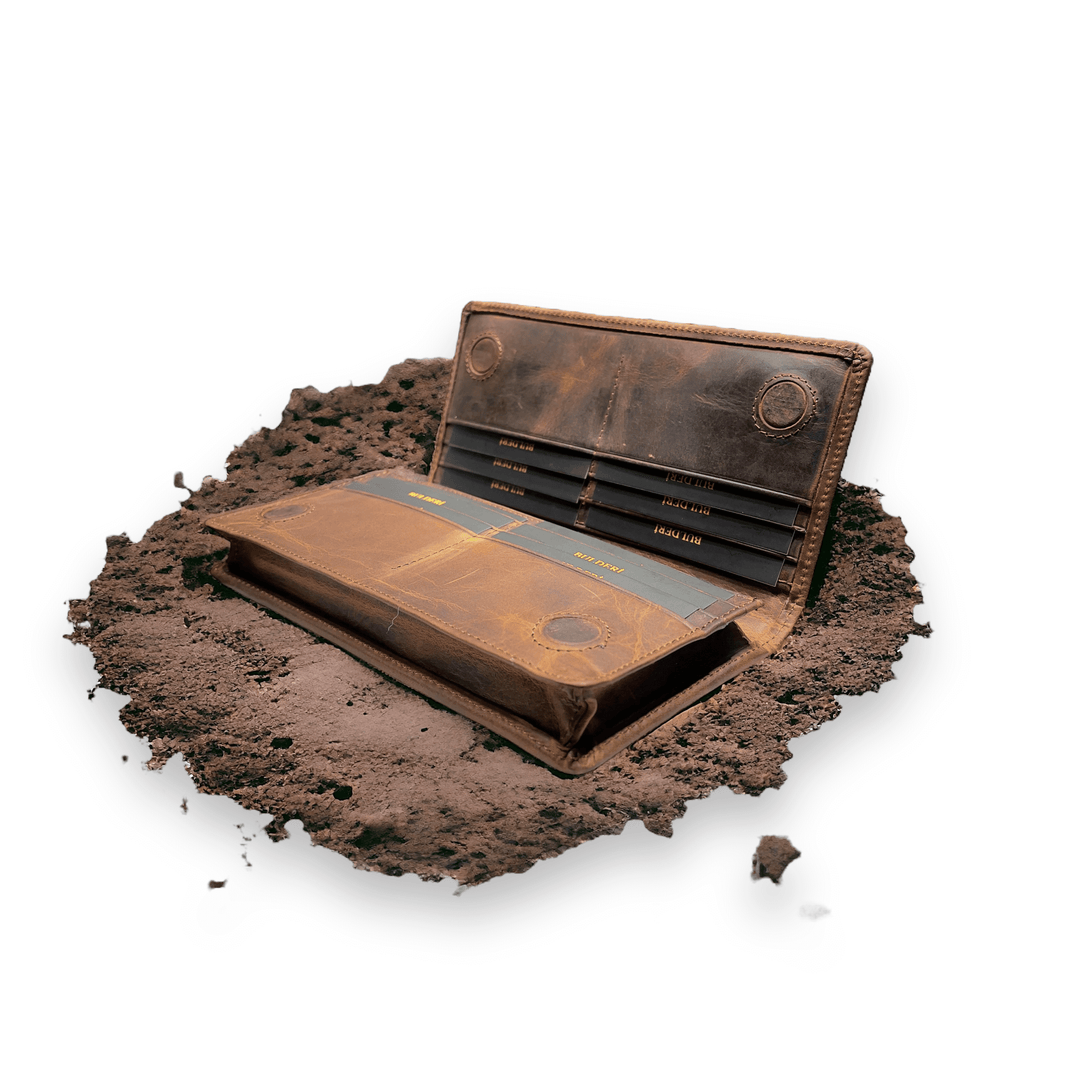
Leave a comment